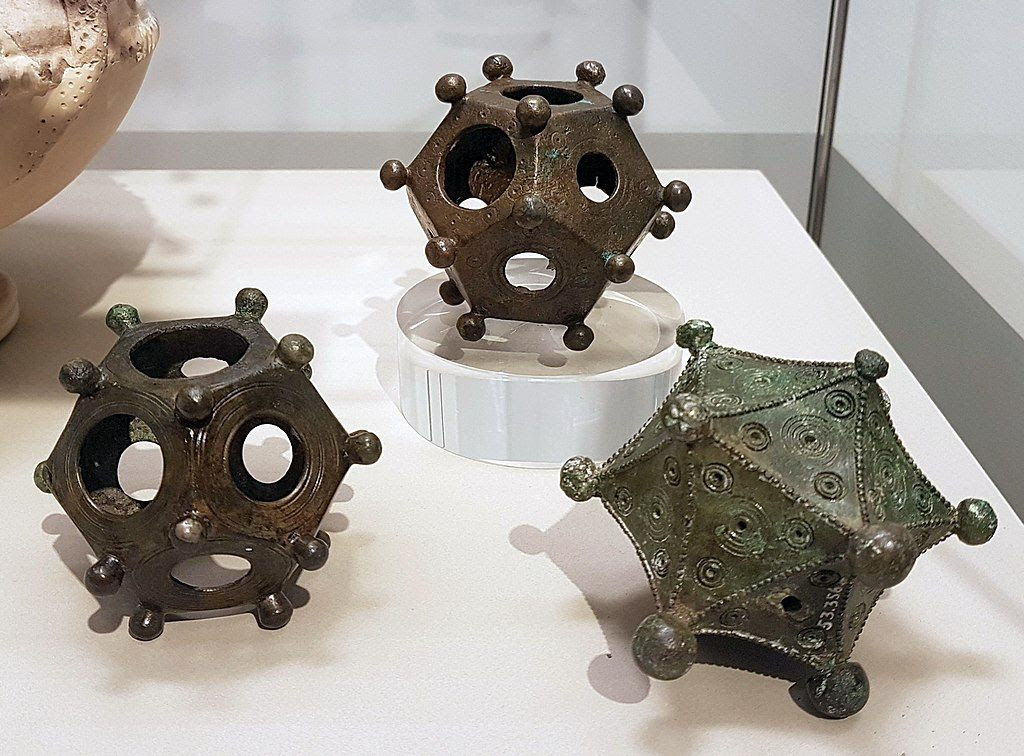Tocharo-Sinica
Language Log has been fortunate to have had several guest posts and numerous comments by Douglas Adams, doyen of Tocharian studies in America (see "Selected readings" for a sampling). Now, stimulated by the recent post on Chinese chariotry, he has written the following ruminations in response.
I read with interest the material on early Chinese chariotry. It was far outside my competence to judge. As you knew, I was most interested in the comment that was looking to the possibility of Tocharian > Chinese lexical borrowings. As you also know, it has long been my suspicion that there was more west > east influence on Chinese language and culture than is generally realized. And the "westerners" involved were most likely to have been Tocharians of one sort or another ("Tocharian D"?). It's probably not only PIE pigs and honey that, via Tocharian, show up in Chinese.
Read the rest of this entry »


